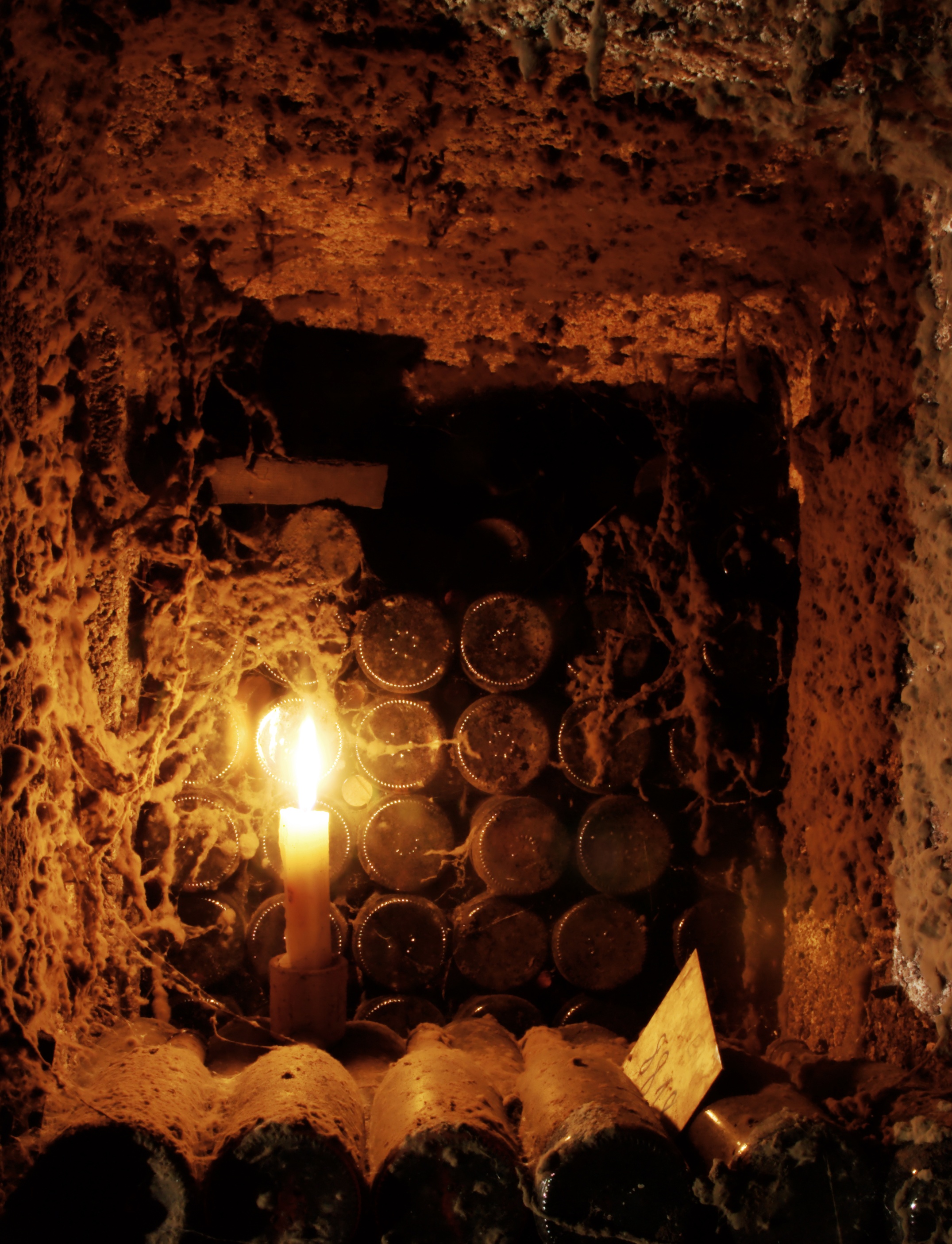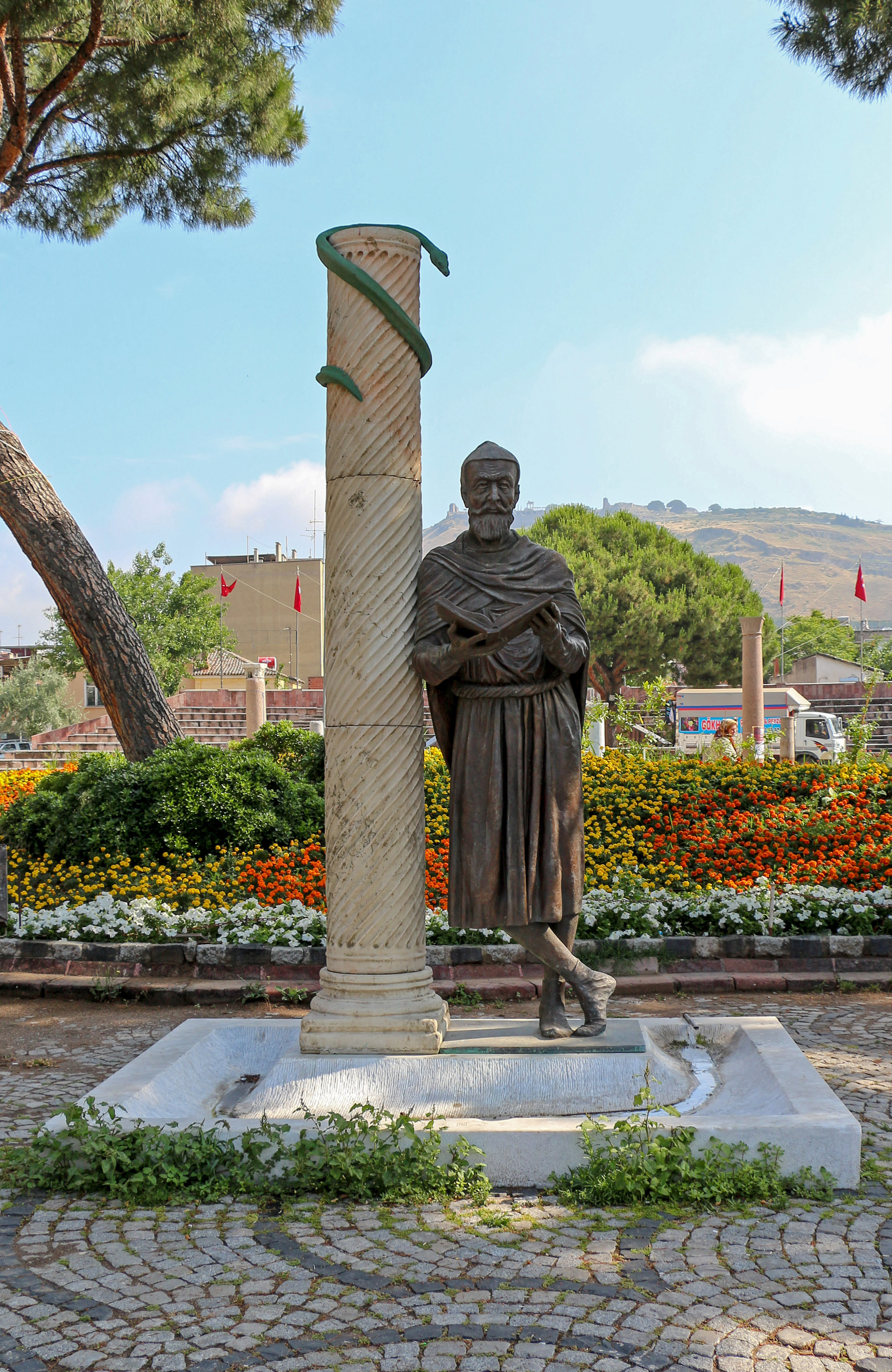|
Aging (wine)
The aging of wine is potentially able to improve the quality of wine. This distinguishes wine from most other consumable goods. While wine is perishable and capable of deteriorating, complex chemical reactions involving a wine's sugars, acids and phenolic compounds (such as tannins) can alter the aroma, color, mouthfeel and taste of the wine in a way that may be more pleasing to the taster. The ability of a wine to age is influenced by many factors including grape variety, vintage, viticultural practices, wine region and winemaking style. The condition that the wine is kept in after bottling can also influence how well a wine ages and may require significant time and financial investment.R. Jackson ''"Wine Science: Principles and Applications"'' Third Edition, pp. 431–489, 643–671. Academic Press 2008 .R. Boulton, V. Singleton, L. Bisson, R. Kunkee ''Principles and Practices of Winemaking'', pp. 382–424. Springer 1996 New York . The quality of an aged wine varies signi ... [...More Info...] [...Related Items...] OR: [Wikipedia] [Google] [Baidu] |
Amphorae Stacking
An amphora (; ; English ) is a type of container with a pointed bottom and characteristic shape and size which fit tightly (and therefore safely) against each other in storage rooms and packages, tied together with rope and delivered by land or sea. The size and shape have been determined from at least as early as the Neolithic Period. Amphorae were used in vast numbers for the transport and storage of various products, both liquid and dry, but mostly for wine. They are most often ceramic, but examples in metals and other materials have been found. Versions of the amphorae were one of many shapes used in Ancient Greek vase painting. The amphora complements a vase, the pithos, which makes available capacities between one-half and two and one-half tons. In contrast, the amphora holds under a half-ton, typically less than . The bodies of the two types have similar shapes. Where the pithos may have multiple small loops or lugs for fastening a rope harness, the amphora has two expa ... [...More Info...] [...Related Items...] OR: [Wikipedia] [Google] [Baidu] |
Body (wine)
The use of wine tasting descriptors allows the taster to qualitatively relate the aromas and flavors that the taster experiences and can be used in assessing the overall quality of wine. Wine writers differentiate wine tasters from casual enthusiasts; tasters attempt to give an objective description of the wine's taste (often taking a systematic approach to tasting), casual enthusiasts appreciate wine but pause their examination sooner than tasters. The primary source of a person's ability to taste wine is derived from their olfactory senses. A taster's own personal experiences play a significant role in conceptualizing what they are tasting and attaching a description to that perception. The individual nature of tasting means that descriptors may be perceived differently among various tasters. The following is an incomplete list of wine tasting descriptors and a common meaning of the terms. These terms and usage are from Karen MacNeil's 2001 edition of ''The Wine Bible'' unl ... [...More Info...] [...Related Items...] OR: [Wikipedia] [Google] [Baidu] |
Fall Of The Roman Empire
The fall of the Western Roman Empire, also called the fall of the Roman Empire or the fall of Rome, was the loss of central political control in the Western Roman Empire, a process in which the Empire failed to enforce its rule, and its vast territory was divided among several successor polities. The Roman Empire lost the strengths that had allowed it to exercise effective control over its Western provinces; modern historians posit factors including the effectiveness and numbers of the army, the health and numbers of the Roman population, the strength of the economy, the competence of the emperors, the internal struggles for power, the religious changes of the period, and the efficiency of the civil administration. Increasing pressure from invading peoples outside Roman culture also contributed greatly to the collapse. Climatic changes and both endemic and epidemic disease drove many of these immediate factors. The reasons for the collapse are major subjects of the historiog ... [...More Info...] [...Related Items...] OR: [Wikipedia] [Google] [Baidu] |
Galen
Aelius Galenus or Claudius Galenus (; September 129 – AD), often Anglicization, anglicized as Galen () or Galen of Pergamon, was a Ancient Rome, Roman and Greeks, Greek physician, surgeon, and Philosophy, philosopher. Considered to be one of the most accomplished of all medical researchers of Ancient history, antiquity, Galen influenced the development of various scientific disciplines, including anatomy, physiology, pathology, pharmacology, and neurology, as well as philosophy and logic. The son of Aelius Nicon, a wealthy Greek architect with scholarly interests, Galen received a comprehensive education that prepared him for a successful career as a physician and philosopher. Born in the ancient city of Pergamon (present-day Bergama, Turkey), Galen traveled extensively, exposing himself to a wide variety of medical theories and discoveries before settling in Ancient Rome, Rome, where he served prominent members of Roman society and eventually was given the position of perso ... [...More Info...] [...Related Items...] OR: [Wikipedia] [Google] [Baidu] |
Book Of Luke
The Gospel of Luke is the third of the New Testament's four canonical Gospels. It tells of the origins, Nativity of Jesus, birth, Ministry of Jesus, ministry, Crucifixion of Jesus, death, Resurrection of Jesus, resurrection, and Ascension of Jesus, ascension of Jesus. Together with the Acts of the Apostles, it makes up a two-volume work which scholars call Luke–Acts, accounting for 27.5% of the New Testament. The combined work divides the Christianity in the 1st century, history of first-century Christianity into three stages, with the gospel making up the first two of these – the life of Jesus the messiah (Christ (title), Christ) from his birth to the beginning of his mission in the meeting with John the Baptist, followed by his ministry with events such as the Sermon on the Plain and its Beatitudes, and his Passion of Jesus, Passion, death, and resurrection. Most modern scholars agree that the main sources used for Luke were (1) the Gospel of Mark; (2) a hypothetical col ... [...More Info...] [...Related Items...] OR: [Wikipedia] [Google] [Baidu] |
Falernian
Falernian () was a strong white wine popular in the classical Roman period, produced from Aglianico grapes (and quite possibly Greco as well)J. Robinson ''Vines, Grapes & Wines'' pgs 213 & 242 Mitchell Beazley 1986 on the slopes of Mount Falernus (now Monte Massico) near the border of Latium and Campania. Characteristics Falernian wine grew in popularity, becoming one of the most highly regarded wines accessible to and consumed by the ancient Romans. In an Epyllion written in c.92 CE, Silius Italicus, a prominent Roman senator, attributed its origin to a chance meeting between a mythic pauper named Falernus, who was said to have lived on Mount Falernus in the late 3rd century BCE, and Liber, the Roman god of viticulture. Considered a " first growth" or " cult wine" for its time, it was often mentioned in Roman literature, but disappeared after the classical period. There were three vineyards (or appellations) recognized by Romans: Caucinian Falernian from the vineyards on ... [...More Info...] [...Related Items...] OR: [Wikipedia] [Google] [Baidu] |
Amphorae
An amphora (; ; English ) is a type of container with a pointed bottom and characteristic shape and size which fit tightly (and therefore safely) against each other in storage rooms and packages, tied together with rope and delivered by land or sea. The size and shape have been determined from at least as early as the Neolithic Period. Amphorae were used in vast numbers for the transport and storage of various products, both liquid and dry, but mostly for wine. They are most often ceramic, but examples in metals and other materials have been found. Versions of the amphorae were one of many shapes used in Ancient Greek vase painting. The amphora complements a vase, the pithos, which makes available capacities between one-half and two and one-half tons. In contrast, the amphora holds under a half-ton, typically less than . The bodies of the two types have similar shapes. Where the pithos may have multiple small loops or lugs for fastening a rope harness, the amphora has two exp ... [...More Info...] [...Related Items...] OR: [Wikipedia] [Google] [Baidu] |
Earthenware
Earthenware is glazed or unglazed Vitrification#Ceramics, nonvitreous pottery that has normally been fired below . Basic earthenware, often called terracotta, absorbs liquids such as water. However, earthenware can be made impervious to liquids by coating it with a ceramic glaze, and such a process is used for the great majority of modern domestic earthenware. The main other important types of pottery are porcelain, bone china, and stoneware, all fired at high enough temperatures to vitrify. End applications include tableware and ceramic art, decorative ware such as figurines. Earthenware comprises "most building bricks, nearly all European pottery up to the seventeenth century, most of the wares of Egypt, Persia and the near East; Greek, Roman and Mediterranean, and some of the Chinese; and the fine earthenware which forms the greater part of our tableware today" ("today" being 1962).Dora Billington, ''The Technique of Pottery'', London: B.T.Batsford, 1962 Pit fired pottery, P ... [...More Info...] [...Related Items...] OR: [Wikipedia] [Google] [Baidu] |
Sealing Wax
Sealing wax is a wax material of a seal (emblem), seal which, after melting, hardens quickly (to paper, parchment, ribbons and wire, and other material), forming a bond that is difficult to break without noticeable tampering. Wax is used to verify that something such as a document is unopened, to verify the sender's identity (for example with a Stamp seal, seal stamp or Seal (emblem)#Signet rings, signet ring), and as decoration. Sealing wax can also be used to take impressions of other seals. Wax was used to seal ''letters close'' and later, from about the 16th century, envelopes. Long before sealing wax was employed, the Romans used bitumen for this purpose. Composition Formulas vary, but there was a major shift after European trade with the Indies opened. In the Middle Ages, sealing wax was typically made of beeswax and "Venice turpentine", a greenish-yellow resinous extract of the European larch tree. The earliest wax of this kind was uncoloured. Later the wax was coloured ... [...More Info...] [...Related Items...] OR: [Wikipedia] [Google] [Baidu] |






